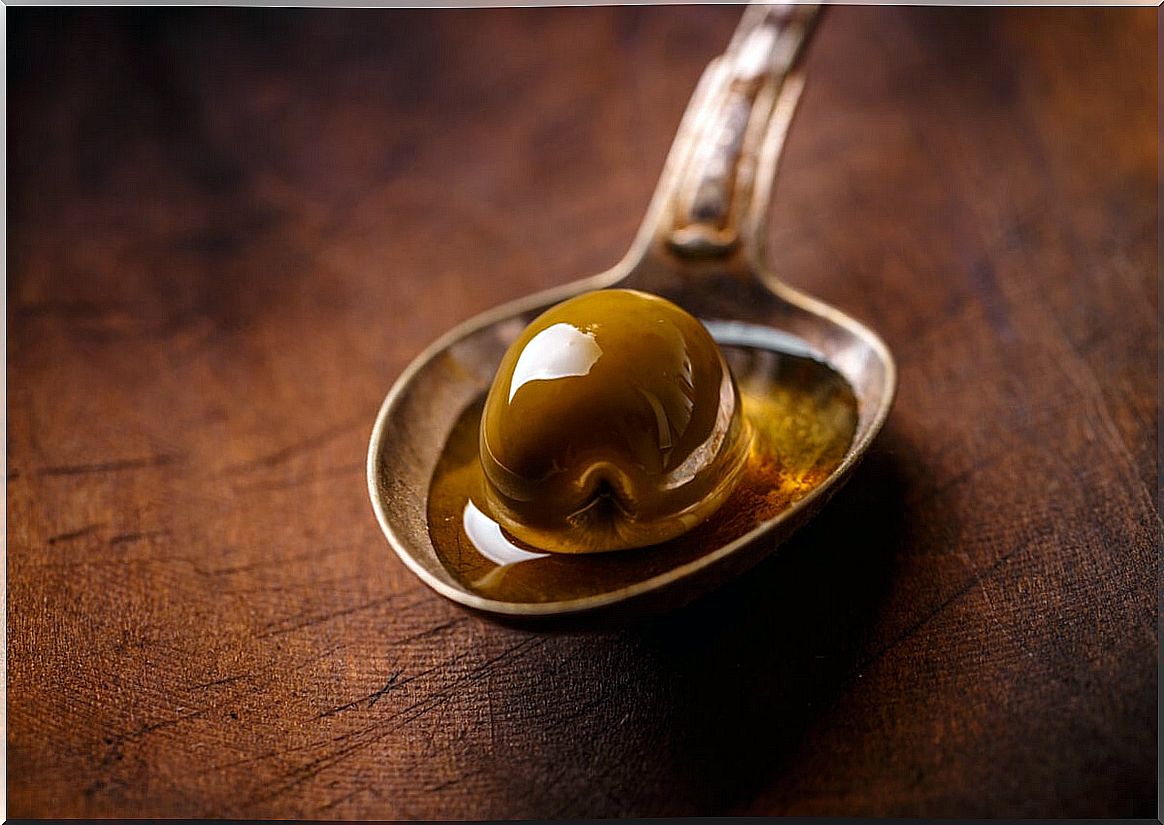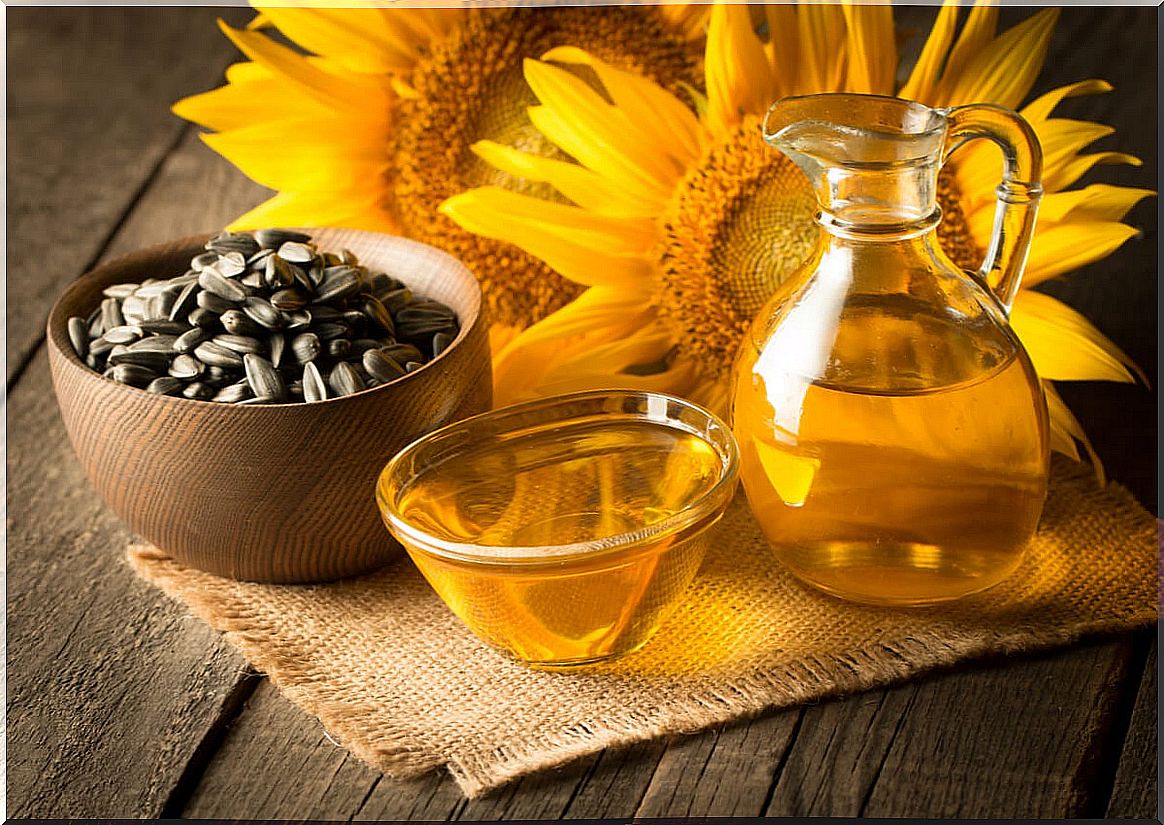Differences Between Olive Oil And Sunflower Oil
Two of the oils that are most used and consumed in today’s gastronomy are olive oil and sunflower oil. Now, it is logical that they have different origins, but in addition to that: is the popular belief true that says one is better than the other?
In relation to this, most people consider that olive is a healthy food because it is part of the Mediterranean diet. However, the second does not enjoy the same popularity. It is associated with sunflower oil with fried foods.
So what is true? What characteristics do they have and what can they contribute to health? This time we want to answer these questions and tell you what are the main differences between olive oil and sunflower oil.
Olive oil
As mentioned, olive oil is part of one of the diets that, according to scientific evidence, provides health benefits due to the presence of quality fats. In this sense, if its chemical composition is analyzed, it contains essential moniunsaturated fatty acids of the omega 9 family, among which the most recognized is oleic.
Thus, among the main effects that science highlights are its anti-inflammatory, antioxidant and regulatory actions on fats and circulating cholesterol. On the other hand, it also has a series of active components called phenolic compounds, which are part of the product resulting from the secondary metabolism of plants.

Sunflower oil
This type of oil is obtained from the seeds of the sunflower Helianthus annuus. To do this, the shells are first removed from them and then crushed and pressed.
This variety also provides healthy fats, but the ones that stand out the most are those of the omega 6 and omega 3 family , as evidenced by the article published in 2015 in the Peruvian Journal of Experimental Medicine and Public Health. Also, sunflower oil is cheaper than other options and for this reason its use in the kitchen is common.
What are their differences?
Although they come from different sources, they have almost the same caloric intake. Each tablespoon contains 120 calories. However, they do have differences in taste, smell, and nutritional value. We will tell you more details below.
Type of fats and vascular health
Both sunflower and olive oil contain monounsaturated and polyunsaturated fats. These are beneficial in reducing bad cholesterol (LDL), while raising the good (HDL).
In this way, they protect the heart from disease and stroke. However, the proportion of each type of fat is different.
In sunflower oil, for example, 65% is polyunsaturated (made up of linoleic acid and linolenic acid) and only 23% corresponds to monounsaturated (oleic acid). The fat content is reversed in olive oil; it can be said that 75% is monounsaturated and 10% corresponds to the others.
One point to consider is that linoleic acid and linolenic acid reduce bad cholesterol, but an excess is not advisable, because also at high doses they reduce the good one, as expressed by the Argentine Nutrition Society.
Vitamin E contribution
Sunflower oil stands out for its contribution of vitamin E. This substance protects cells and prevents cell damage and alterations in organ structures. In addition, in the oil itself it prevents the fats from oxidizing. Of course, you also have to consider the type of fatty acid they have and the ambient temperature, among other issues.
All adults need 15 milligrams of vitamin E per day. Sunflower oil contains more than a third of this recommendation.
Resistance to high temperatures
Oils that have a high percentage of oleic acid offer interesting advantages when using them in the kitchen. This is related to the fact that they resist temperatures between 180 and 200 degrees Celsius, compared to seed oils, such as sunflower oil.
In this sense, it is convenient to use olive oil for frying because its lipids are more stable and decompose more slowly. In this way, the food is impregnated with less fat and the caloric value is not modified as much.
Minerals
Although the contribution of minerals that both types of oils have is not a considerable amount, it can be said that of the two, olive oil is the one with the highest content. In this sense, there is a negligible amount of iron and phosphorus. Otherwise, in the sunflower, as the peel is extracted to obtain said substance, there are only lipids.
Taste
Olive oil has a bitter taste and it is responsible for a compound called oleuropein. On the other hand, sunflower oil has a light sweet taste, which is why it is more widely accepted than the previous one.

Are all oils the same?
It should be noted that there is high oleic sunflower oil; This has a genetic modification by which it provides a greater amount of said acid. Likewise, not all olive oils are the same, since they are marketed as extra virgin, virgin, refined and mixed.
Of all of them, the one that stands out for its nutritional value is the extra virgin. It is obtained by cold pressing the fruit and thus preserves all the properties it has.
Which is more recommended between olive oil and sunflower oil?
For all the aforementioned, keep in mind that it is advisable that you use olive oil before sunflower oil. Also, the most convenient thing is that you prefer the extra virgin or virgin type.
However, this does not mean that you cannot use the other. Both are healthy, but you should avoid falling into excess fats in the omega 6 family. In addition, nutrition professionals recommend limiting the consumption of fried foods because they can provide twice the calories.
Finally, if you are not used to the taste of olive oil and you prefer to continue using sunflower oil, use it raw. That is, add it to salads or when the food is already served.








